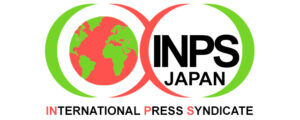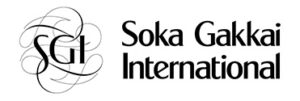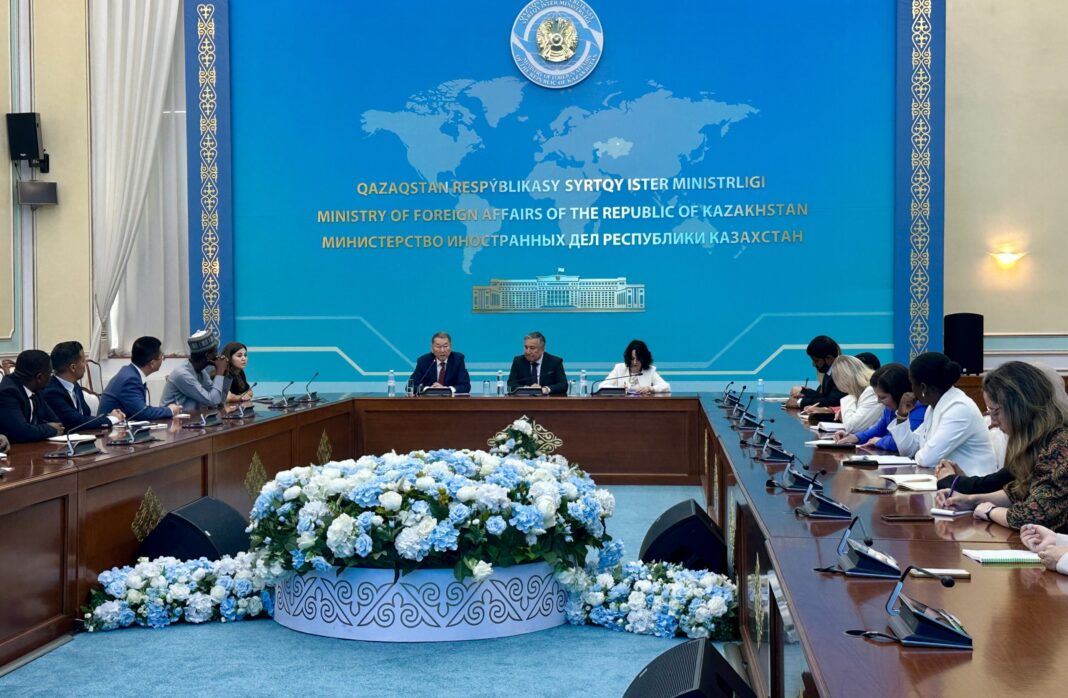By Aibarshyn Akhmetkali
(The Astana Times) – Nineteen fellows from around the world will also visit the National Nuclear Center of Kazakhstan in Kurchatov in the Abai Region, a city that was once closed to the public as the center of the Soviet nuclear weapons program. They will also tour the former Semipalatinsk nuclear test site.
Bolat Nurgaliyev, chairman of the Foreign Policy Research Institute, shared his reflections and memories with the participants from the pivotal period when Kazakhstan decided to abandon its nuclear arsenal.
After the Soviet Union collapsed in 1991, Kazakhstan decided to dismantle its vast nuclear arsenal and permanently close the Semipalatinsk nuclear test site, where the Soviet Union had conducted 468 nuclear tests.
“For Kazakhstan, this issue was very painful and very sensitive,” Nurgaliyev said. “There was a lot of discussion within the government and public institutions about the fate in terms of what is to be gained, what should be the best ways to ensure the security and well-being of the country in the future, if the nuclear weapons are not present.”
“For Kazakhstan, the choice was to attract foreign investment, to establish friendly relations and get constructive cooperation with the major powers, either in the political or trade and economic spheres. We had to make sure that this nuclear weapons factor is somewhat resolved,” he said.
Abubakar Sadiq Aliyu, one of the program’s fellows, is a nuclear research officer at the Center for Renewable Energy and Sustainability Transitions, Bayero University, Nigeria.
As a nuclear physicist, he takes a keen interest in issues related to disarmament, especially nuclear disarmament.
“As a nuclear physicist, I have some insights about Kazakhstan’s test sites. In fact, this is one of the reasons why the visit to Kazakhstan is so interesting to me, because I have been longing to see a nuclear test site, and what it looks like. I also know that Kazakhstan holds an enormous amount of uranium deposits, and it also holds the IAEA Low Enriched Uranium (LEU) Bank for power reactors,” Aliyu said.
The IAEA LEU Bank is a physical stock of 90 metric tons of low-enriched uranium hexafluoride, suitable for use in fueling a typical light-water reactor, the most widely used type of nuclear power reactor worldwide. It is located at the Ulba Metallurgical Plant in Oskemen in eastern Kazakhstan. It is under the responsibility of the appropriate local authorities for safety, security and safeguards in Kazakhstan.
“It was interesting to know that Kazakhstan gave up its nuclear weapons program. I think that will be motivating, and also probably give you an insight into how to do more calls for disarmament. Given the fact that Kazakhstan is also a supplier of nuclear fuel uranium, that fact is also another inspiration for me,” he said.
Aliyu plans to apply the insights gained from his visit to Kazakhstan and the fellowship program to support disarmament and educational efforts back home in Nigeria.
“Nigeria has an interest in peaceful applications of nuclear energy, especially since we are a signatory to the NPT [Non-Proliferation Treaty]. So at the moment, we hold a nuclear research reactor, which is mainly used for research and teaching. And then we also are pursuing a nuclear power program with the hope that in the years to come, we will have nuclear power for our generation in the country,” Aliyu said.
“Nigeria is also a strong supporter of disarmament in general, including nuclear,” he added.
INPS Japan/The Astana Times
Origianl URL: https://astanatimes.com/2025/06/kazakhstan-shares-nuclear-disarmament-experience-with-un-fellows/




